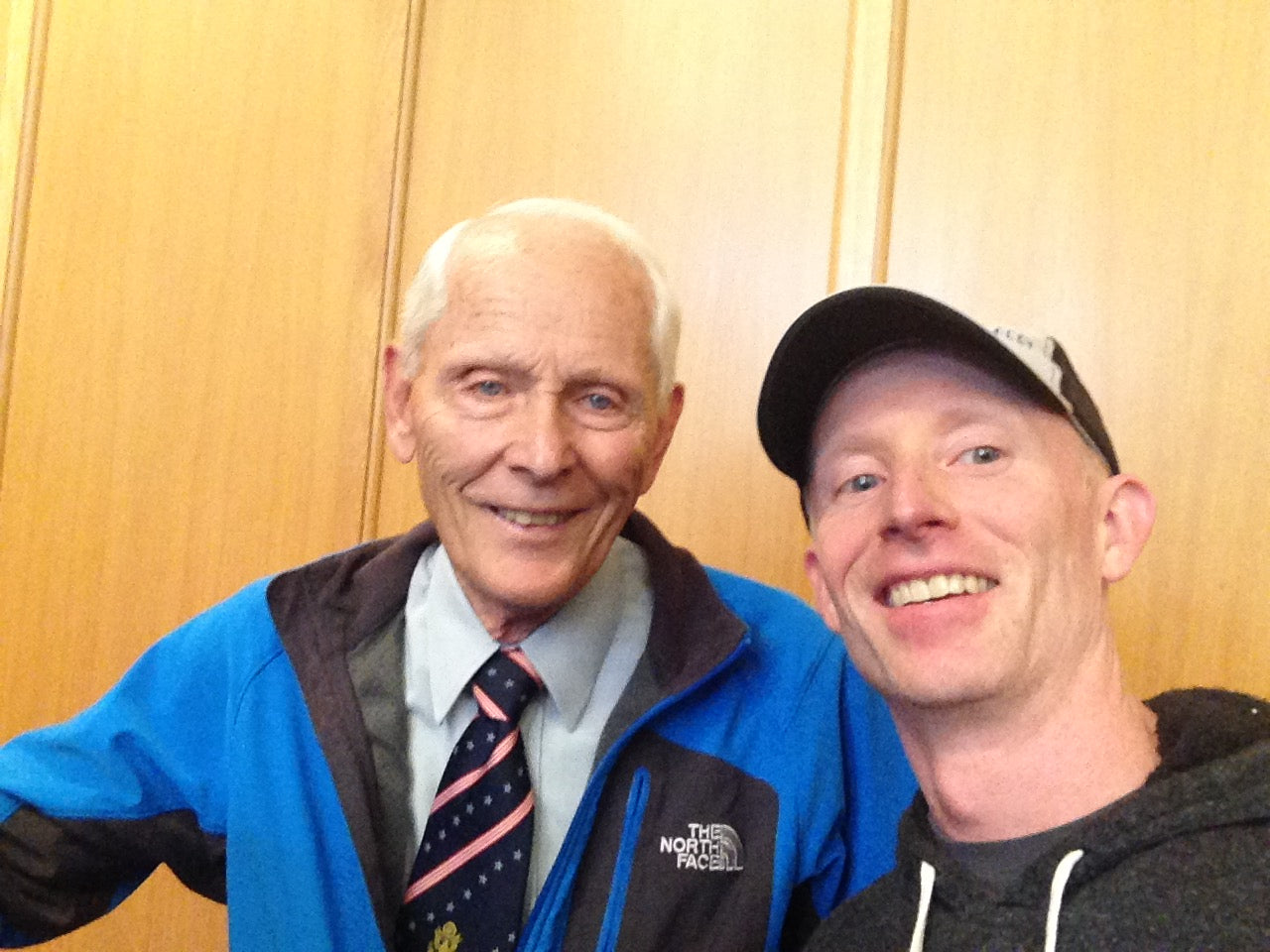The importance of the Fick Equation
I recently attended the Running Summit West and totally geeked out to some of my favorite running coaches of all time talk about their lives, their training philosophies and the great athletes they have coached. One key speaker, and one of my all-time favorite coaches, Jack Daniels, spoke more in-depth about my favorite coaching book, The Daniels Running Formula. It appeals to me because Daniels is a scientist and his methods are scientifically tested and practically proven. It’s not based on someone’s gut instinct. His results speak for themselves. While a coach and professor at SUNY Cortland Daniels has coach 30 individual Division III NCAA National Champions, eight NCAA National Team Champions and 130 All-Americans. In addition, Daniels coached world class athletes such Ryan Hall.

Another famous coach that spoke at the event was Joe Vigil. I had never heard coach Vigil speak and it was just as mind-blowing. Like Daniels, if you would at all question the legitimacy of the source, consider his results. Vigil had long career as a collegiate coach at Adams State (CO) where Vigil coached a total of 260 NAIA All-Americans in cross-country and track & field. He has been the NAIA cross-country national coach of the year 13 times, twice the NAIA national track and field coach of the year. In addition, he coached professional running stars and Olympians including Deena Kastor, Boris Berian and Brenda Martinez.
Vigil started his talk with the Fick Equation, half-humorously, but seriously indicating that it’s all you need to know about endurance training. The Fick Equation, if you have never seen it, is a measure of how fast your cardiovascular system can move blood to your cells and how efficient your cells are at scooping up oxygen from your blood. Here’s what the equation looks like:
VO2 = Q * A-VO2 diff
Q = Cardiac Output = HR * SV
HR = Heart Rate
SV = Stroke Volume
A-VO2 = Arterio-venous differntial
The first part of the equation, the “Q” is your cardiac output and describes how much blood can be moved. A person is limited only by how many times their heart can beat multiplied by how much blood is pumped by each beat. The second part is the measurement of the difference between how much oxygen is in the blood while on the way to the cells in the arteries verses how much is in the blood on its way back to the heart in the veins. The difference accounts for how much oxygen is scooped up by the cells. The bigger the difference, the better a person's cells are at absorbing oxygen and other nutrients from your blood.
I can see why Vigil thinks the world of the Fick Equation. If you think about it, it’s essentially what gives us life. It’s the system that keeps our cells happy and alive by transferring the food we eat and oxygen we breath into energy. It helps us fight illnesses in the bad times and increases our endurance in the good times.
The doubled edged sword of the Fick Equation is its variability. In math, variables are just that, variable and meant to change. On the down side, variables like maximum heart rate will inevitably decrease with age. On the good side, we do have some measure of control over other variables such as stroke volume. Stroke volume is essentially the measure of the strength of your heart. The heart is a muscle, muscles can be trained and the heart muscle is best trained through exercise. Yes, you have to eat well, get a good night’s sleep, avoid toxins and such, but all of that means nothing if you don’t exercise. You can eat all the vitamins you want, but if you can’t get the vitamins to your cells efficiently, you cannot get the benefits from the vitamins. Exercise, especially endurance training, could be THE key element in improving your life and longevity.
You might think I am overstating the benefits of exercise but consider this study done in Sweden and published in the European Journal of Preventative Cardiology. According to a New York Times article about the study, “The study finds that poor physical fitness may be second only to smoking as a risk factor to premature death.” In looking specifically at VO2 (which is the output of the Fick Equation), The New York Times writer points out from the study that “the men in the group with the lowest VO2 max had a 21 percent higher risk of dying prematurely than those with middling aerobic capacity, and about a 42 percent risk of early death than the men who were the most fit.”
The implications for exercise is clear, as is the influence we all have over one key variable in the Fick Equation: stroke volume. Spend time exercising and the amount of blood pumped by each heartbeat will increase and delivery more lifesaving and life extending nutrients to your body. Even if you just have time for 10 minutes. You'll have 10 more minutes of stroke volume strength than if you hadn't exercised at all.
